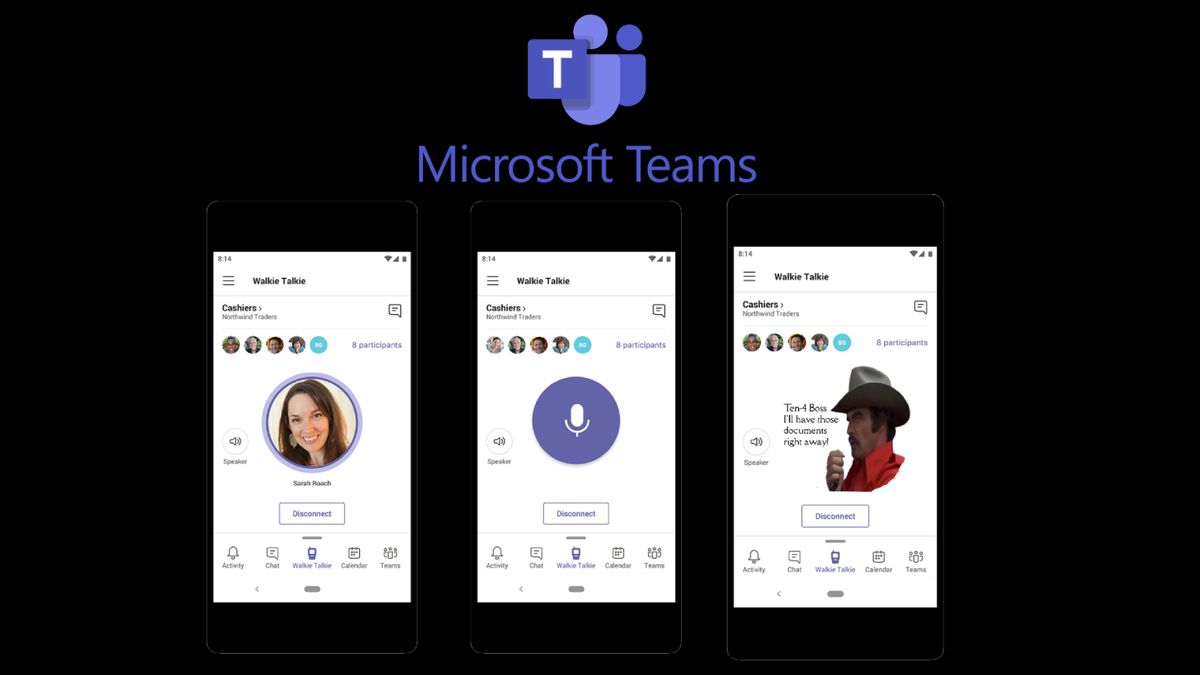

PHOTO:
Franck Veschi
As often happens when a technology catches on, robotic process automation (RPA) is surrounded by a great deal of hype about exactly what it is — and what it isn’t. What’s keeping organizations from deploying this technology? How do organizations see the connection between RPA and more established technologies like business process management (BPM) and enterprise content management (ECM)?
Interest in RPA shows no sign of abating, yet six common misconceptions prevent businesses from fully embracing the technology.
1. RPA Business Drivers
RPA is often viewed as technology to replace humans in the workforce. In fact, RPA allows for human and machine collaboration to create efficiencies even when it can’t automate an entire process. RPA helps organizations address bottlenecks caused by lack of resources or skill sets. It also provides a cost-effective way to bring new automation technologies into the organization.
In spite of the word “robotic” being in its name, Deloitte cautions that RPA is not a “walking, talking auto-bot,” but rather a way to “replace humans performing repetitive rules-based tasks.” Its list of key RPA roles is a good starting point for thinking about RPA uses:
- Opening email and attachments.
- Logging into web/enterprise applications.
- Moving files and folders.
- Copying and pasting.
- Filling in forms.
- Reading and writing to databases.
- Scraping data from the web.
- Connecting to system APIs.
- Making calculations.
- Extracting structured data from documents.
- Collecting social media statistics.
- Following “if/then” decisions/rules.
Related Article: Busting 8 Robotic Process Automation Myths
2. RPA Implementation Challenges
Poorly documented legacy systems with ill-defined connections can make RPA a challenge to implement. But in most cases RPA deployments are quick, with minimal disruption to existing processes. RPA itself is not a complex technology and RPA vendors provide support, tooling and training to help organizations get started. RPA vendors offer RPA software as a service, which can be scaled flexibly and on demand with just an internet connection from any device.
3. Unstructured Information
While the distinction between data and content is largely artificial — most organizations just feel they have an information problem — content is simply messier to deal with than data, and thus poses unique automation challenges. As organizations consider using RPA tools to fill in some of the process gaps between systems, the huge volume of unstructured and semi-structured information (i.e., content!) that surrounds most processes is a key issue here. Documents, jpegs, emails, conversations, images, forms, text messages, application files, audio files, video files and information in countless other forms all fall in this category.
Industry organization AIIM notes that organizations expect the volume of information flowing through processes to rise from X to 4X in just the next two years and that 60% of this information will be content rather than data. This poses challenges for fully optimizing many RPA engines. If organizations expect to use RPA technologies to their fullest potential, they must also solve the unstructured information problem by turning their unstructured information into machine-comprehensible data.
Related Article: BPA vs. RPA: How Are They Similar, How Are They Different?
4. Expected ROI
RPA is often mischaracterized as solely a cost-saving initiative, with little consideration to the other benefits it can provide. RPA-enabled automation frees up business users from manual tasks, allowing them to spend more time on valuable work that provides higher value to the organization. By automating manual and rote tasks, organizations also reduce the likelihood of errors in these tasks, decreasing the likelihood of downstream process interruptions.
5. RPA Does Not Replace Legacy Systems
A common error is mistaking RPA as a replacement for existing legacy infrastructure systems like enterprise content management (ECM) and business process management (BPM). This results in longer than necessary decision-making as anyone with a stake in those systems resists the introduction of newer technologies. BPM and ECM systems often support mission critical processes, and disrupting them is not a casual decision to be made. RPA should be viewed as a supplement and partner to BPM and ECM technologies which can fill in the holes in these implementations.
6. Risks
One potential risk of RPA is when it’s implemented without much thought going into its impact on other systems. RPA is not a one-size fits all solution. Organizations need to consider what processes need automation, the volume of data involved in these processes, and who the users are and their capability level with technology before implementing RPA across an organization.
A Realistic View of RPA
RPA will not work for every organization and every process. Despite the at times overzealous claims, RPA is not an automatic solution for every challenge. Like any significant enterprise technology, organizations need to pay close attention to the change management issues associated with deploying RPA, and address employee concerns about job loss as a strategic concern rather than an afterthought.
John Mancini is the President of Content Results, LLC and the Past President of AIIM. He is a well-known author, speaker, and advisor on information management, digital transformation and intelligent automation.






